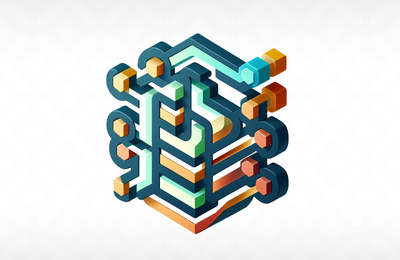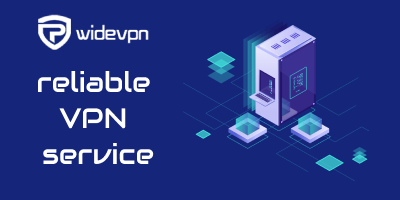
As the crypto space is thriving and offering more than exchanging cryptocurrencies, now is an exciting time to learn more about the underlying technology and what makes it so special. The main revelation of today is that having access to blockchain nodes allows benefitting from the distributed model of blockchain technology to the fullest. Let’s expand on the topic by reviewing Ethereum and Bitcoin nodes and how developers can use them for building Web3 applications.
What is a node in blockchain?
When discussing the blockchain, we talk about a distributed database (or ledger) where transactions are recorded. The way these transactions are encrypted and packed into blocks makes this ledger nearly impossible to counterfeit.
Maintaining and updating the database lies on a group of computers rather than a single centralized authority. These high-performance servers working together to handle transactions and storing the records are known as nodes. Thus, Bitcoin nodes scattered all around the world process and store records of BTC-related data, while Ethereum nodes constitute the ETH chain and maintain its functioning.
From a technical standpoint, a node is a computing device equipped with specialized software that connects it to the blockchain and keeps in sync with other computers. By now, it is clear that crypto nodes are the backbone of the technology making the very existence of cryptocurrencies, protocols that run them, and applications built to interact with crypto possible.
Bitcoin nodes breakdown
Everyone dealing with BTC eventually interacts with nodes. Full Bitcoin nodes are one type of them performing two vital functions for the network:
1. store a copy of all operations happening on-chain;
2. work collectively to verify and resolve transactions following the rules indicated by the Proof-of-Work algorithm before adding them into a block.
Miners are an essential yet separate group of Bitcoin nodes that have exclusive rights to create new blocks and earn a fee in return. Besides, BTC mining is a rather resource-intensive enterprise that cannot be handled via a regular PC.
Bitcoin, the first decentralized cryptocurrency, set the stage for thousands of other cryptocurrencies and blockchains like Ethereum, each with unique use cases and features.
What is an Ethereum node?
Ethereum expands beyond operating cryptocurrencies, introducing the world of smart contracts that serve as the foundation for building decentralized applications (dApps). Therefore, apart from all the functions a Bitcoin node would perform, ETH nodes also administer executing smart contracts.
On that account, Ethereum nodes are the main connection point between the network and Web3 applications. Specifically, dApps directly connected to nodes can land transactions on the blockchain and request an up-to-date state of the chain.

How to use blockchain nodes in application development
If you’re planning to build a Web3 application on Bitcoin or Ethereum, then having direct access to nodes is what will make the app blockchain-based. In this regard, running your own node or using services already hosting specialized blockchain servers and providing access to them are two options available for developers today.
Node-providing services are getting more popular lately as they offer an easy and resource-efficient way of connecting to blockchains without spinning up a self-hosted node. GetBlock, one of these services, runs servers for more than 50 various blockchains in mainnet and testnet, ready to be instantly connected to any application.
Shared infrastructure
The shared node service by GetBlock allows several clients to use the same resources to power their dApps. This option is suitable for applications that can tolerate some latency, which makes it a perfect use case for test launches.
For instance, it’s optimal to connect to a shared Ethereum node in a testnet mode to experiment with functionality or organize a pre-launch for select users and collect feedback for further improvements.
Additionally, this option can be accessed for free, as every new user gets 40,000 requests daily capped at 60 requests/sec to try out the service prior to opting for paid options with extended possibilities.
Dedicated nodes
GetBlock users get the best performance out of dedicated servers, individually built and configured as per the client’s requirements.
More to this, dedicated nodes open access to unlimited requests, the highest possible speeds, and a variety of API methods at hand. High-quality BTC-based dApps would definitely need one dedicated Bitcoin node to be able to serve hundreds of users’ requests without delays.
Wrapping up
As blockchain technology evolves and expands, so do the services facilitating access to it. In 2023, blockchain node providers offer the easiest and most cost-effective way to leverage the power of Ethereum or Bitcoin nodes and focus on building high-quality Web3 apps that will benefit crypto users.















